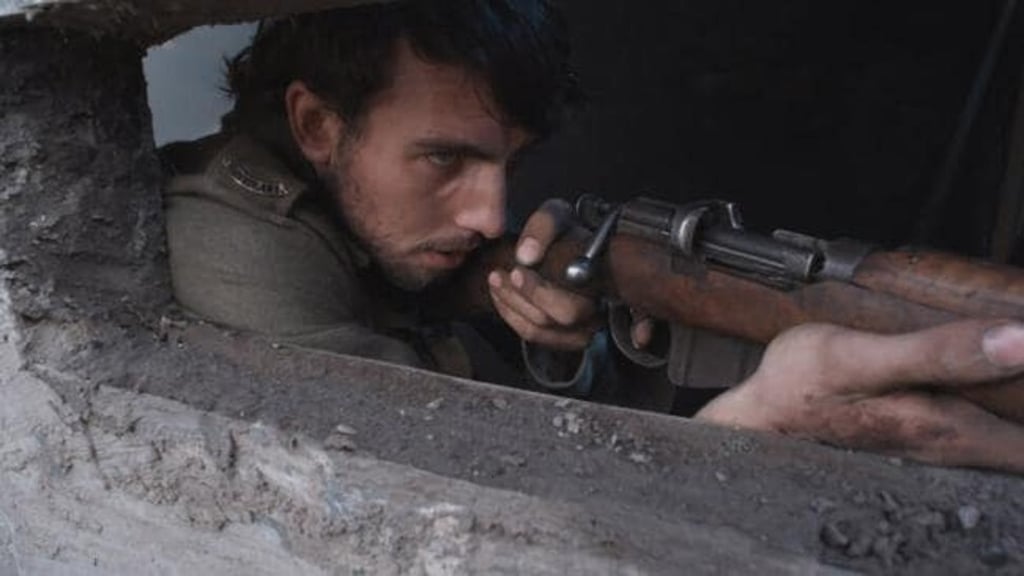The Chinese-Australian war hero who shot dead over 200 enemies but was whitewashed and forgotten for half a century
- This Anzac Day we remember William ‘Billy’ Edward Sing, Australia’s top World War I sniper, who slipped into obscurity for decades after the conflict
- He was even whitewashed in the 2014 film ‘William Kelly’s War’, but a year later had a memorial erected where he was buried to honour his legacy

Every morning, long before the Turkish sky brightened, Australia’s most decorated World War I sniper crept through the pitch darkness to find a position out of sight of the enemy, but within range of his rifle.
William “Billy” Edward Sing earned the nicknames “the assassin” and “the murderer” in the ranks for shooting dead more than 200 Turkish soldiers. Yet at home in Australia, his life and his heritage would be forgotten for decades after he returned from the war.
Australia and New Zealand’s troops who served and died in wars are honoured across both nations every year on April 25, Anzac Day, commemorating soldiers of different races and religions. Widely revered in both countries, the Anzacs have inspired a range of books, films and television series.

Sing was born on March 2, 1886, in Clermont, Queensland. He did not have a European appearance, even though the 1909 Defence Act required men joining the Australian Imperial Force (AIF) to look white. Sing was Eurasian; his father, John, was a drover from Shanghai who travelled to Australia in search of gold, while his mother, Mary Ann Pugh, was an Englishwoman from the county of Staffordshire.
Sing was described by his spotter, Ion Idriess, who went on to become a prolific Australian author, as “a little chap, very dark, with a jet-black moustache and a goatee beard. A picturesque-looking mankiller. He is the crack sniper of the Anzacs”.